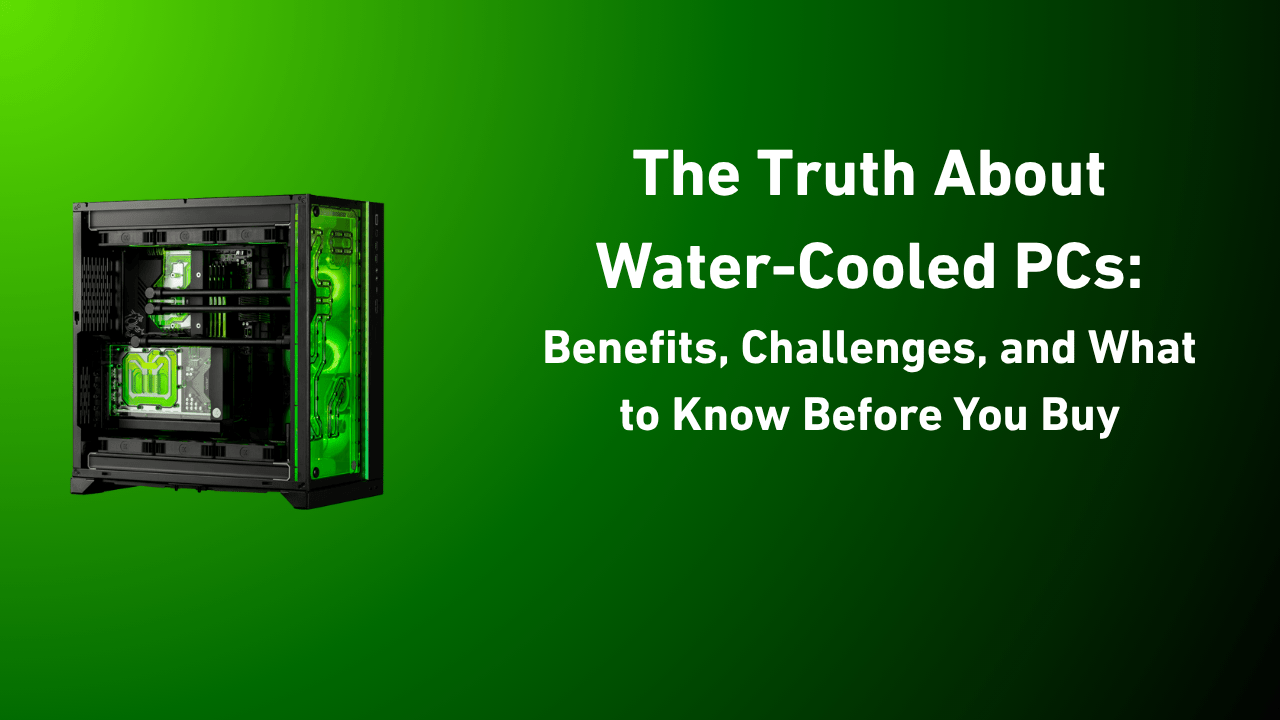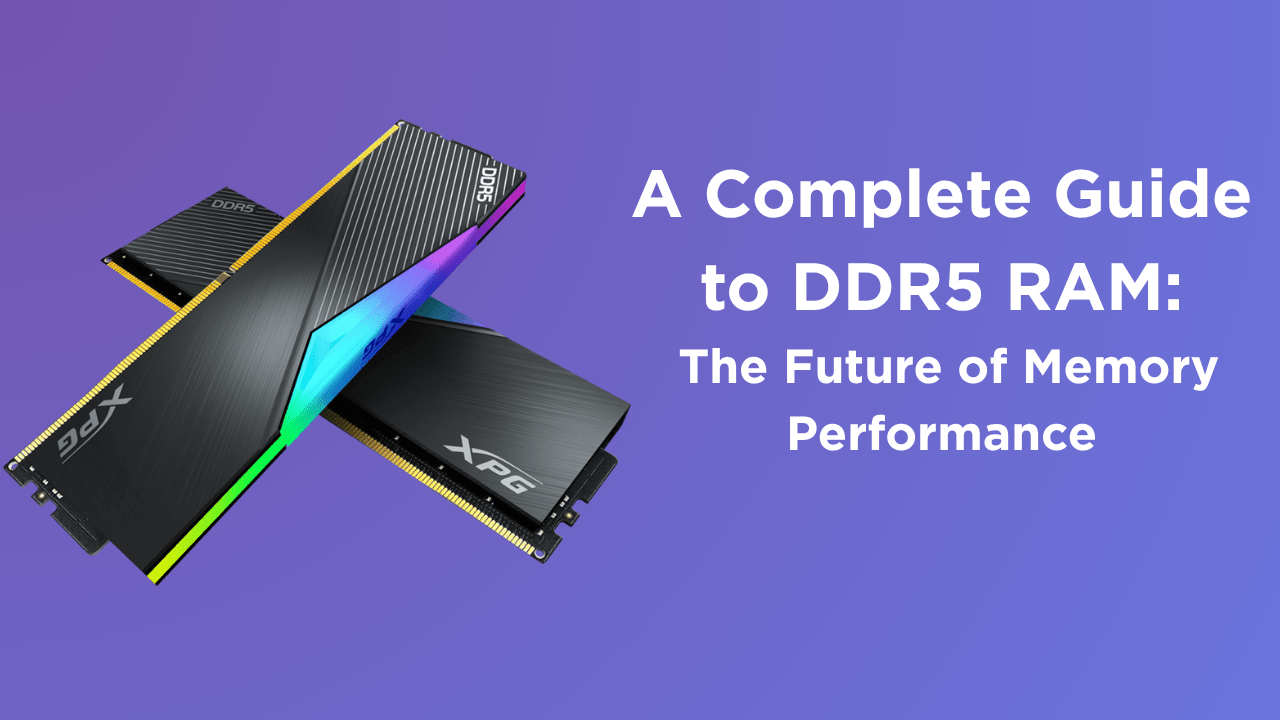Water cooling has become a popular option for enthusiasts looking to push their PC’s performance and create a system that stands out. Instead of relying solely on air to dissipate heat, water cooling uses liquid circulated through tubes and water blocks to draw heat away from critical components like the CPU and GPU. This liquid then passes through a radiator where fans help release the heat into the air. The result is often a cooler, quieter, and more visually impressive setup that appeals to gamers and creators alike.
One of the biggest advantages of water cooling is its superior ability to handle heat compared to traditional air cooling. Systems equipped with custom water loops can maintain lower temperatures even under heavy loads, which is especially useful for overclocking or running multiple high-powered components in a small space. Water blocks are also more compact than large air coolers, leaving more room inside the case for other hardware and creating a cleaner look. On top of that, a well-designed water-cooled PC can be a true centerpiece thanks to clear tubing, colorful coolant, and unique design possibilities.
However, water cooling is not without its drawbacks. Custom loops are expensive to build and require careful planning and installation. They are also more complex to maintain than air coolers or all-in-one liquid coolers. Over time, the coolant needs to be replaced to prevent buildup and ensure efficient operation, and parts like water blocks or pumps may need to be serviced or swapped when upgrading your system. There is also a risk of leaks if the system is not properly assembled, which could damage expensive components.
For many users, air cooling or an all-in-one liquid cooler is still the better choice. These options are easier to install, require little to no maintenance, and provide excellent cooling for most mid- to high-end builds. Even high-performance processors and graphics cards can often be kept within safe temperatures without the added complexity and cost of a full custom water loop.
If you are considering water cooling, it is important to think about your priorities. If you want maximum thermal performance, a quiet and striking build, and are willing to invest the time, money, and effort required, a custom water-cooled PC can deliver impressive results. If your goal is simply reliable cooling for gaming or work, you can save money and avoid the hassle by choosing a quality air cooler or a pre-assembled all-in-one liquid cooler.
Water cooling offers a unique experience for those who are passionate about their builds and want the best of both performance and aesthetics. But it’s not for everyone, and knowing what to expect can help you decide if it’s the right choice for your next PC project.



